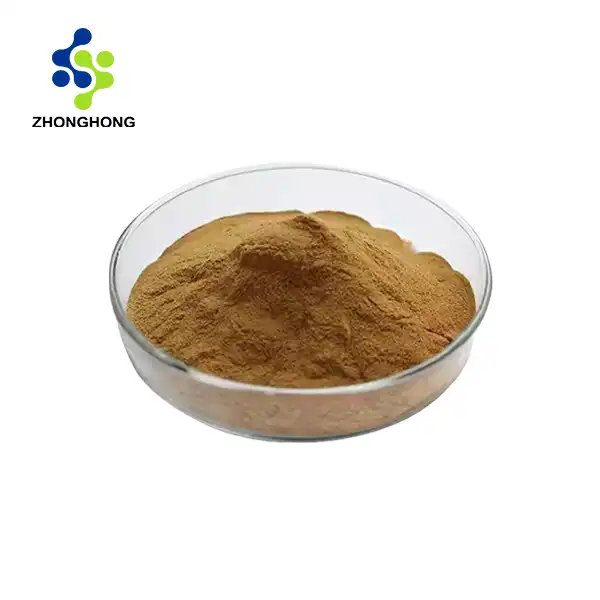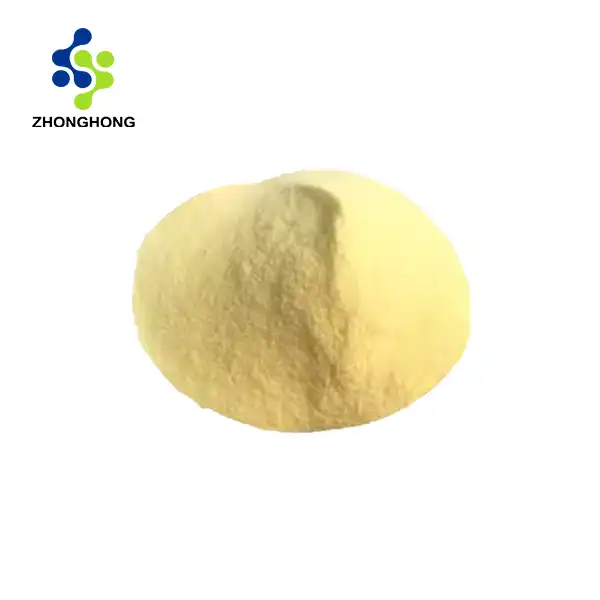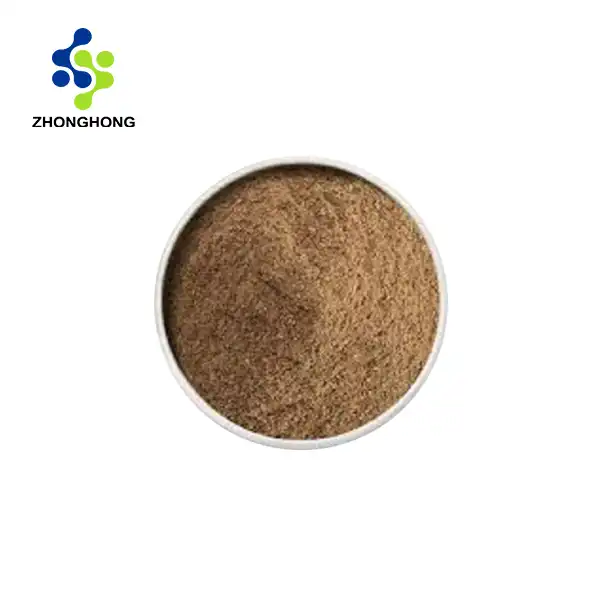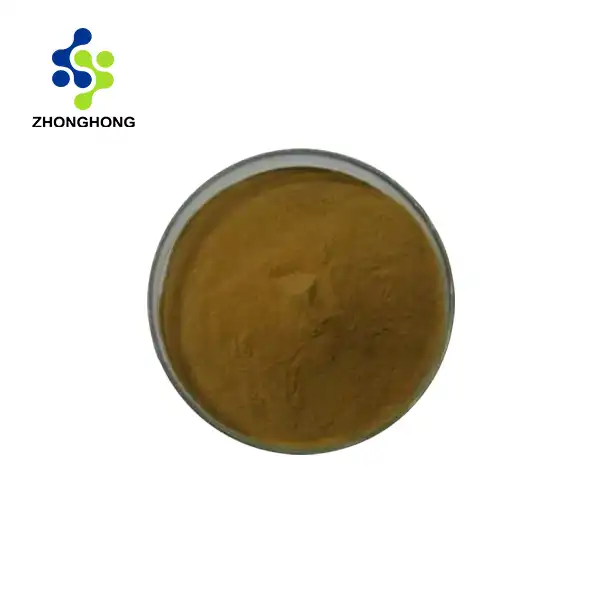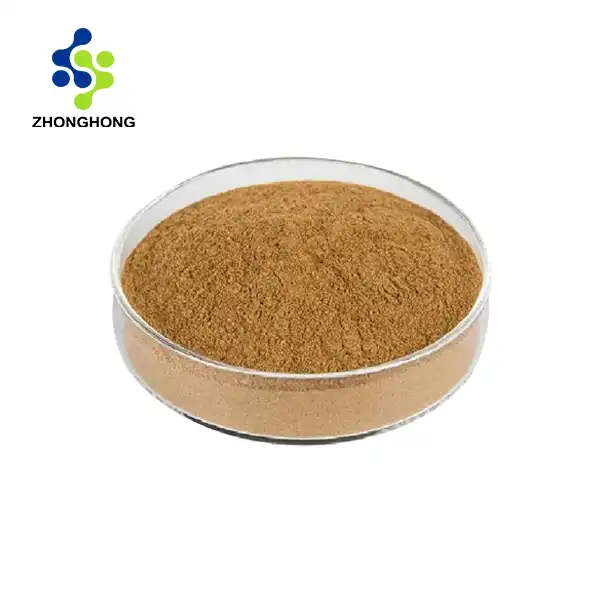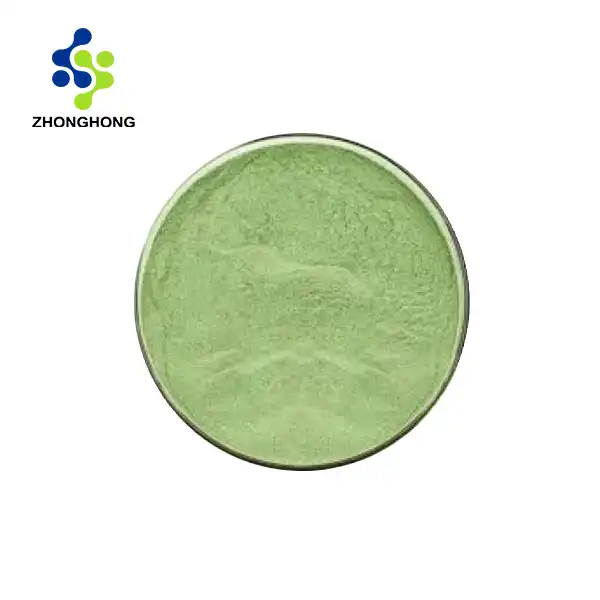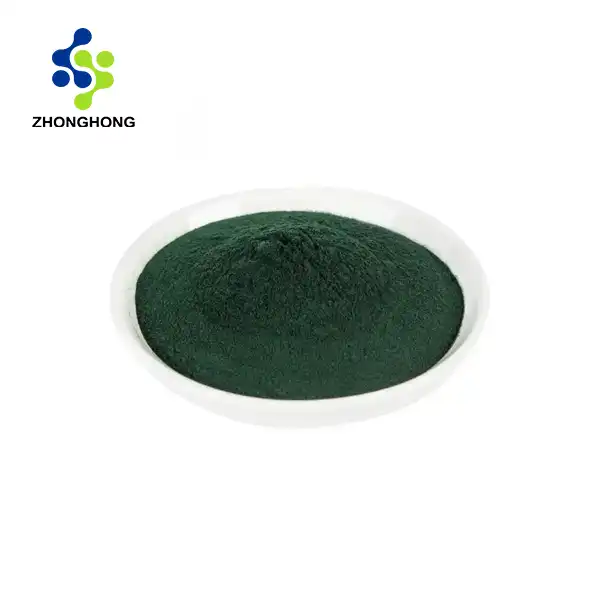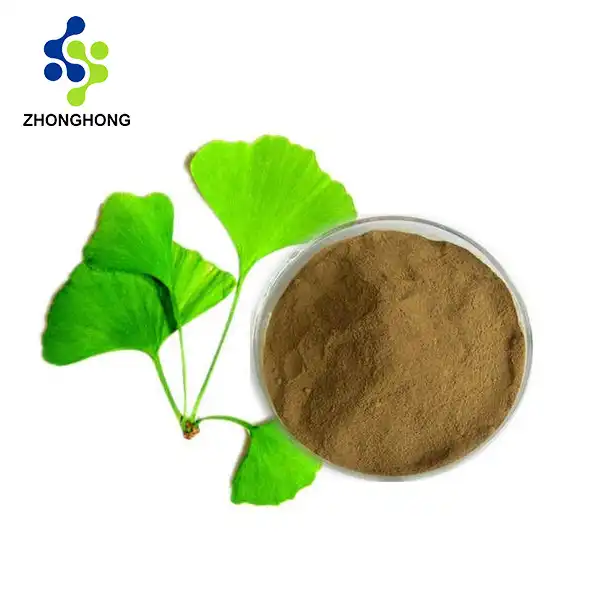The Origins and Sources of Tetrandrine
The Botanical Background of Tetrandrine
Tetrandrine is primarily derived from Stephania tetrandra, a plant species native to East Asia. This perennial vine, belonging to the Menispermaceae family, has been utilized in traditional Chinese medicine for centuries. The root of S. tetrandra, known as "Fang Ji" in Chinese herbal medicine, is the primary source of tetrandrine.
Extraction and Purification Methods
The process of obtaining tetrandrine from S. tetrandra involves several sophisticated steps. Initially, the roots are dried and powdered before undergoing extraction. Historically, the alcohol percolation method was employed, as described by Chen and Chen in 1935. This method involved concentrating an alcoholic extract, acidifying it, and then treating it with sodium hydroxide to precipitate the alkaloid. Modern extraction techniques have significantly improved both the yield and purity of tetrandrine. For instance, Zhang et al. (2009) developed an ionic liquid-based ultrasound-assisted extraction method that increased the yield of tetrandrine. More recently, Xie et al. (2014) refined the purification process using C18 reverse phase flash chromatography, achieving a purity of approximately 95%.
Other Natural Sources of Tetrandrine
While S. tetrandra remains the primary source, tetrandrine has been identified in other plant species within the Menispermaceae family. For example, Cyclea peltata, another medicinal plant used in traditional Asian medicine, has been found to contain tetrandrine. This diversity of sources highlights the compound's significance in the plant kingdom and suggests potential for sustainable production.
How Tetrandrine Can Support Your Health and Wellness?
Tetrandrine's Potential in Cancer Treatment
One of the most promising areas of tetrandrine research is its potential as an anti-cancer agent. Studies have shown that tetrandrine can affect multiple biological activities of cancer cells. It has demonstrated the ability to inhibit proliferation, angiogenesis, migration, and invasion of various cancer cell types. Moreover, tetrandrine has been observed to induce apoptosis (programmed cell death) and autophagy in cancer cells. A particularly intriguing aspect of tetrandrine's anti-cancer properties is its potential to reverse multidrug resistance (MDR) in cancer cells. This characteristic could make it a valuable adjunct to existing chemotherapy regimens, potentially enhancing their efficacy.
Anti-inflammatory and Immunomodulatory Effects
Tetrandrine has long been recognized for its anti-inflammatory properties. This makes it potentially useful in treating various inflammatory conditions, including arthritis and respiratory diseases. Its ability to modulate the immune system could also prove beneficial in managing autoimmune disorders. The compound's anti-inflammatory effects are thought to be mediated through various mechanisms, including the inhibition of pro-inflammatory cytokines and the modulation of immune cell function. These properties contribute to tetrandrine's potential as a therapeutic agent for a wide range of inflammatory conditions.
Cardiovascular Benefits of Tetrandrine
Tetrandrine's effects on the cardiovascular system have been a subject of considerable interest. As a calcium channel blocker, it has shown potential in treating hypertension and other cardiovascular disorders. Research suggests that tetrandrine may help relax blood vessels, improve blood flow, and reduce the risk of certain cardiovascular events. Furthermore, studies have indicated that tetrandrine may have protective effects on the heart, potentially reducing damage from ischemia-reperfusion injury. This property could make it a valuable compound in the context of heart attack prevention and recovery.
Is Tetrandrine Safe? Key Facts and Myths?
Understanding Tetrandrine's Safety Profile
While tetrandrine shows promising therapeutic potential, it's crucial to understand its safety profile. As with any bioactive compound, tetrandrine can have side effects and interactions that need to be carefully considered. The safety of tetrandrine has been evaluated in various preclinical and clinical studies, but more research is needed to fully understand its long-term effects and optimal dosing. It's important to note that natural doesn't always mean safe. The potency of tetrandrine means that it should be used under professional guidance, particularly when considering it for therapeutic purposes.
Potential Side Effects and Precautions
While generally well-tolerated in studies, tetrandrine can cause side effects in some individuals. These may include gastrointestinal discomfort, dizziness, and headaches. In rare cases, more severe side effects have been reported, particularly with high doses or prolonged use. Tetrandrine may interact with certain medications, particularly those affecting calcium channels or blood pressure. It's crucial for individuals taking any medications to consult with a healthcare provider before using tetrandrine or products containing it.
Debunking Common Myths About Tetrandrine
As with many natural compounds, there are myths and misconceptions surrounding tetrandrine. One common myth is that because it's natural, it's completely safe and can be used without caution. However, as discussed, tetrandrine is a potent compound that requires careful consideration and professional guidance. Another myth is that tetrandrine is a cure-all for various conditions. While it shows promise in many areas, it's important to approach these claims critically and rely on evidence-based information. Ongoing research continues to clarify tetrandrine's benefits and limitations.
Conclusion
Tetrandrine stands out as a fascinating natural compound with a wide range of potential health benefits. From its promising anti-cancer properties to its cardiovascular and anti-inflammatory effects, tetrandrine offers exciting possibilities for future therapeutic applications. However, it's crucial to approach its use with caution and under professional guidance. As research continues to unfold, we may discover even more about this powerful alkaloid and its role in health and wellness. If you want to get more information about this product, you can contact us at liaodaohai@gmail.com.
_1728976869676.webp)
